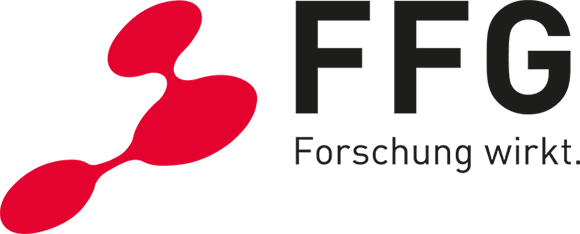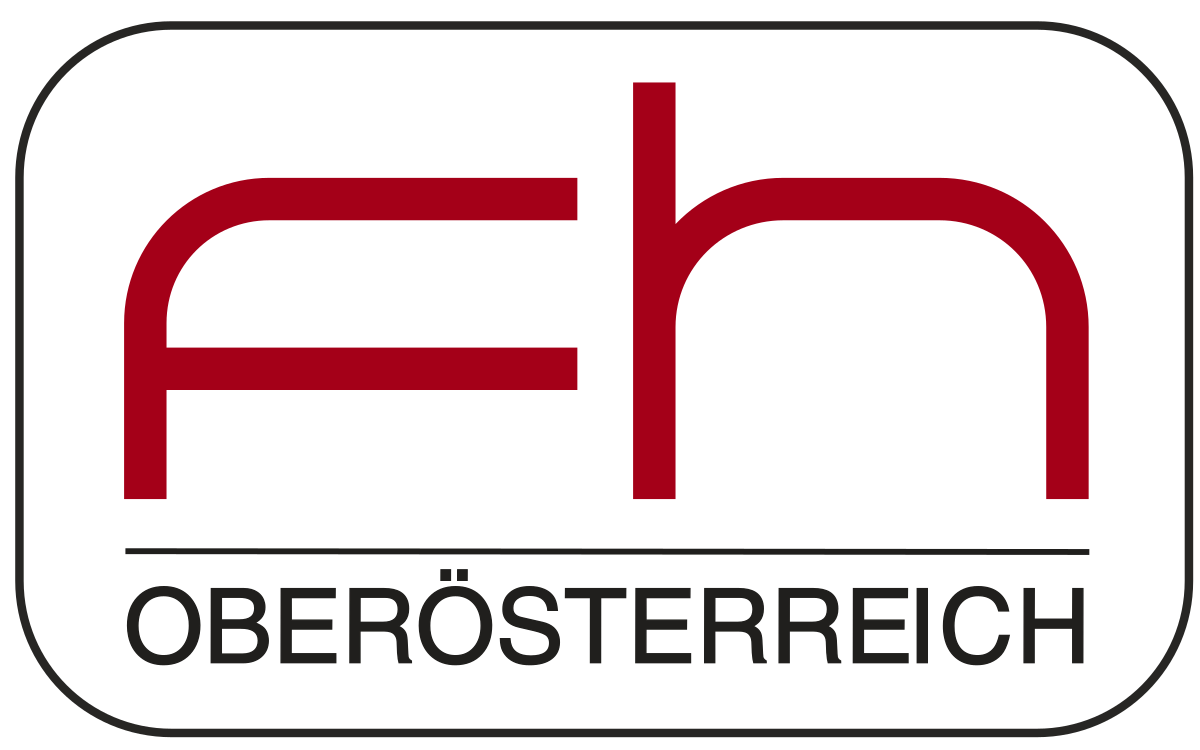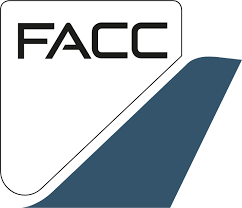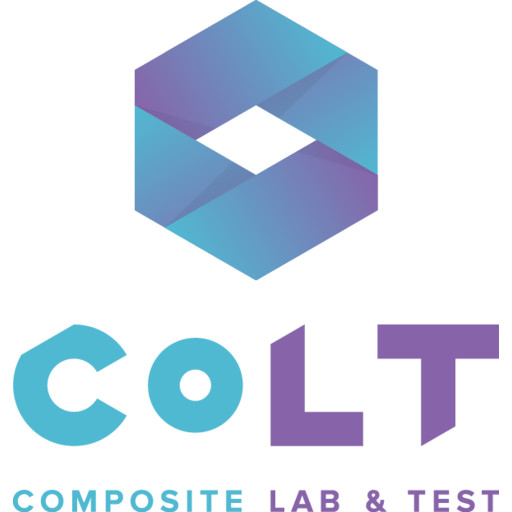Goals:
Digitalisation of the inner structure of different components by:
• Using robot-based NDT methods like ultrasonic (UT), active thermography (IR) and further developments of XCT to use it for bigger reference samples (several meters).
• Generation of 3D - defekt and strain distributions with digital image correlation (DIC) and acoustic emission (AE) systems.
• Generation of high resolution 3D data as reference with conventional XCT systems.
• Generation of standard NDT data with conventional UT and IR methods.
• Assembly of all those multimodal NDT data in one central platform.
Description of the content:
This multimodal NDT approach should guarantee to detect all critical defect sizes in the reference sample. In the scope of this platform, the differences of the modalities concerning critical defect types, defect sizes, measurement time, component handling, data processing and other limitations should be determined to create efficient and practical testing routines for future problems. The following tasks for the preparation of a catalog of requirements for NDT technologies including the generation of reference data are handled in this working package.
Methods:
The data perparation of the different NDT methods is done using already available standard software tools to save the data in readable formats like 3D-RAW volume datasets, 3D scatter plots or as simple images for further use in WP4.






